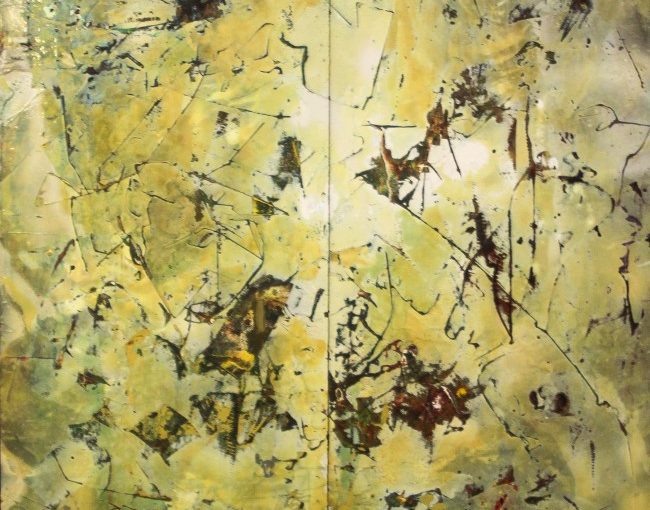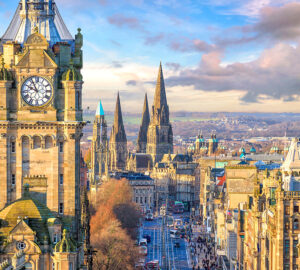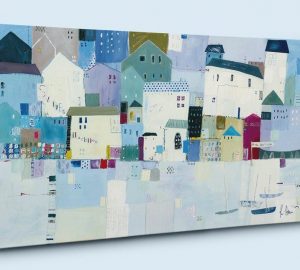An insightful article written by Pepe Karmel and published in ArtNews.com in April of 2013 has provided an interesting perspective on the six basic categories of contemporary art.
According to the article, the categories have made large shifts from genres of the past, yet are just as riveting and full of talent as previous trends in abstract art. The following considers the six basic categories of abstract art in today’s modern world:
1. Landscapes
Landscape art is nothing new – for decades, artists have been attempting to recreate landscapes on canvas in both a realistic and an abstract fashion. Contemporary forms of abstract landscape art, though, often feature landscapes unlike anything seen during the years of Rubens and the like. Rather, the images are often of modern designs, reflecting and distorting what the eye see.
2. Fabrics
Much like landscape art, fabric has been a source of inspiration for artists for years. In the 21st century, fabric has served as the muse for abstractionists, who create patterns based on fabrics that are bold and daring, colourful and lucid, or mysterious and repetitive, sensual and bare. Some artists who have made waves with their abstract fabric art include Valerie Jaudon and Miriam Shapiro (2).
3. Signs
Signs, often those that are used to indicate mappings on marks or computer languages are emerging as a popular category of abstract art. The letter “X” in bright and bold colours on a plain backdrop with plenty of white space are just one example of abstract art that employs the use of signs, as created by the artist Wade Guyton (5).
4. Architectures
Architecture in art can refer to a number of things, but it most commonly refers to buildings or structures. An interesting painting created in 2010 by Peter Halley shows straight and serious lines in variations of blue, green, yellow, and red forming boxes and angles across the medium. Other works featuring abstract architecture in a contemporary fashion show fragments of houses, toys, and other more personal items.
5. Anatomies
Since art was first created in prehistoric times in the form of cave drawings, the human body has been an artist’s favorite subject. Contemporary abstract art that focuses on anatomy, though, is much less obvious than more archaic pieces. For example, Jonathan Lasker’s work features shapes that are completely interpretational, yet may resemble human heads amidst a confrontation with one another (1).
6. Cosmologies
Finally, cosmologies continue to fascinate abstract artists in today’s world who focus on stars, galaxies, orbits, constellations, and orbs. Contemporary artists like David Row and Bill Komoski use orbits in their work combined with bright colours and uplifting designs that “evoke intergalactic energy patterns,” as stated by Stephen Mueller in Art in America Magazine (3,4).
An Evolving Art Scene in the Modern Day
The way that artists use colour, shape, medium, texture, and design to create pieces is constantly evolving. While the six basic categories of contemporary abstract art currently focus on landscapes, fabrics, signs, architectures, anatomies, and cosmologies, there’s no telling what the future of art will hold.
Sources:
- Jonathan Lasker, “Biography,” http://www.cheimread.com/artists/jonathan-lasker
- ArtNews, “The Golden Age of Abstraction: Right Now,” http://www.artnews.com/2013/04/24/contemporary-abstraction/
- Holly Johnson Gallery, “ David Row,” http://www.hollyjohnsongallery.com/html/artistresults.asp?artist=51
- Art in America, “Bill Komoski,” http://www.artinamericamagazine.com/reviews/bill-komoski/
- Whitney Museum of American Art, “Wade Guyton OS,” http://whitney.org/Exhibitions/WadeGuyton
Main image source: Michael Dirk Risch Contemporary Abstract Art









